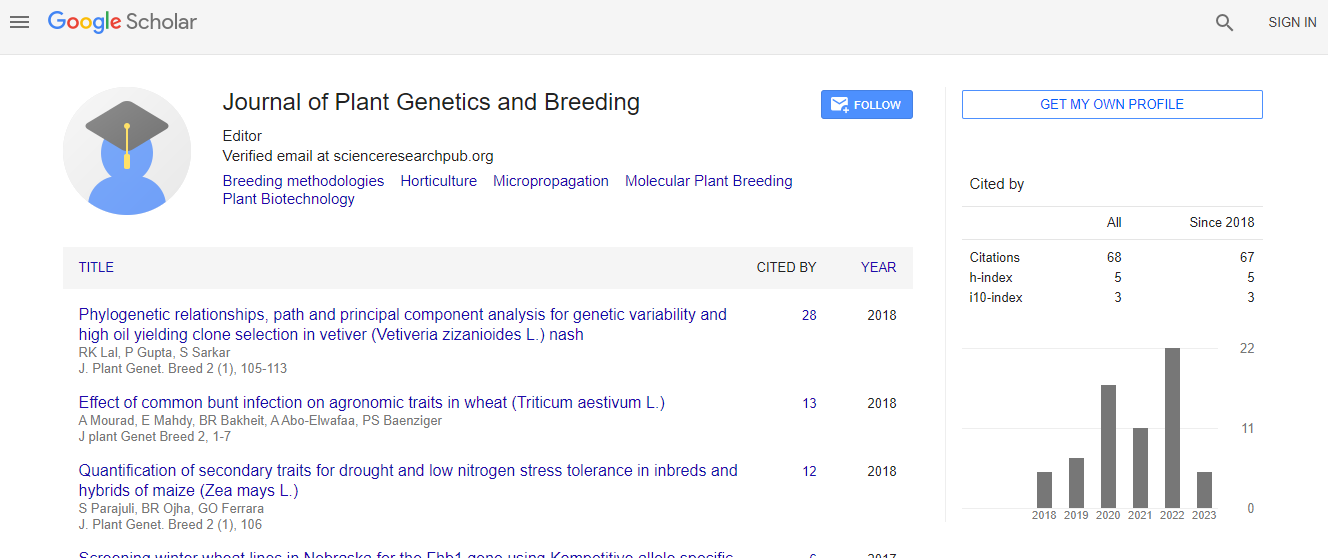Impact of Agroecological Practices on Soil Organic Carbon Stocks in the Central Highlands of Madagascar: Case of Itasy Region
*Corresponding Author:
Copyright: © 2020 . This is an open-access article distributed under the terms of the Creative Commons Attribution License, which permits unrestricted use, distribution, and reproduction in any medium, provided the original author and source are credited.
Abstract
In the Italy Region of Madagascar, agroecological practices were promoted to improve farmers’ income while ensuring sustainable management of natural resources. These practices were agroforestry (AF), on-farm tree plantation (TP) and the use of organic fertilizers such as compost and improved manure (CIM). This study aimed to assess the impact of each of these agroecological practices on soil organic carbon (SOC) stock versus conventional practices. The soil survey was carried out on 712 farmers’ fields in order to know the practices’ history of each plot and to define chronosequences expressing the range of agroecological practice duration. Composite soil samples at three depths (0-10, 10-20 and 20-30 cm) were collected from these 712 farmers’ plots to evaluate SOC stocks; the two main soil types of the Italy Region are Ferralsols and Andosols. Results showed that soil type was the main determinant of the spatial variability of SOC. Agroforestry based on fruit species associated with annual cash crops (legume, tomato) ageing more than 8 years and fertilized regularly with CIM at a rate of 8.4 t ha-1 presented the highest SOC sequestration rate estimated at 2.4 MgC ha-1 yr-1 compared to annual crops without fertilization. SOC sequestration rate of 0.4 MgC ha-1 yr-1was observed on growing vegetables for market fertilized with CIM at a rate of 10.2 t ha-1. SOC stocks for TP sites presented no difference compared to traditional practices because the fields chosen by farmers for TP were generally already degraded uncultivated plots and TP sites were not fertilized. This study highlighted the capacity of some agroecological practices adopted by farmers to improve SOC stocks. However, the capacity of these practices to actually contribute to climate change mitigation is strongly dependent on the duration of their implementation.

 Spanish
Spanish  Chinese
Chinese  Russian
Russian  German
German  French
French  Japanese
Japanese  Portuguese
Portuguese  Hindi
Hindi 